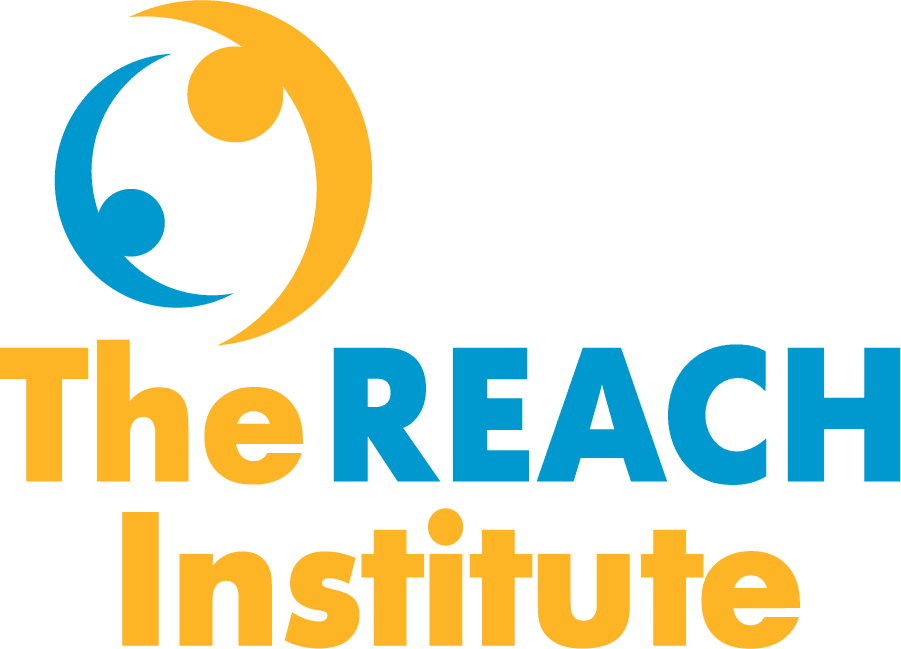Racism as trauma: A pediatric mental health perspective
- February 15, 2024
- The REACH Institute
- Anti-racism, Assessment & screening, Culturally responsive, Suicide, Trauma

There is a growing suicide crisis among Black youth. A 2018 study revealed that Black children aged five to 12 are twice as likely to die by suicide as white children. More recent research has shown that suicide rates among Black children and adolescents are rising dramatically, even as overall youth suicidality is declining.
How can clinicians better help Black pediatric patients who are at risk?
That’s the question Brittainy Erby, MD, found herself asking. She knew the alarming statistics but found little practical guidance, especially since Black youth are seldom included in research studies. “As a child and adolescent psychiatrist, I didn’t know what it meant for me as a provider. What could I do?”
Dr. Erby set out to find an answer.
“My journey began with learning about the history of racism where I work,” explains Dr. Erby. She approached her research as a clinician, seeking to better understand the racial traumas her Black patients were experiencing.
Racism as Trauma: Mental Health Implications
The negative impact of Adverse Childhood Experiences or ACEs on children’s development and long-term mental health is well documented. Even one ACE increases a person’s risk of depression. An individual who experiences seven ACEs is 51 times more likely to end their life.
However, the impact of racial discrimination as an Adverse Childhood Experience, and its relationship to other ACEs, is only recently beginning to receive attention and research. Dr. Erby reveals that, due to systemic racism, “Black children may be born into systems where they could have three or more ACEs starting at birth.”
Racial traumas only continue from there. In a survey of youth of color from the AAKOMA Project, 40% of respondents reported experiencing racial trauma in the past year. In addition, 18% of survey respondents had attempted suicide, with rates for Black youth significantly higher than any other racial group.
Children and young people with multiple ACEs often struggle with emotion regulation, anger, and executive functioning. Because of systemic racism and ongoing bias, rather than receiving treatment for their trauma and mental health conditions, Black children are often labeled as “problems.” For example, as early as preschool, children of color are disciplined at twice the rate of white children. In elementary and high school, Black students are three times as likely to be expelled and four times as likely to face multiple suspensions.
This bias can lead to misdiagnosis of mental health conditions, particularly if physicians are not aware of the impacts of racial trauma. Dr. Erby has seen Black children diagnosed with bipolar disorder, multiple personality disorders, and schizophrenia when, in reality, they were dealing with complex trauma. This type of misdiagnosis only creates further harm and delays effective treatment.
However, Dr. Erby reveals that getting to a better diagnosis and treatment does not have to be complex.
How Clinicians Can Better Support Black Patients
While realizing the enormity of the impact of racial trauma can feel overwhelming, Dr. Erby explains, “You don’t have to quit your practice and go change the world to make a difference. Having the language to ask kids questions in your office and letting them speak could save a Black child’s life.”
Based on the research she has conducted, Dr. Erby makes the following recommendations for clinicians seeking to better support their Black patients.
Get comfortable talking to patients of color about racism
Talking about racism is not necessarily comfortable for many clinicians. But to treat mental health conditions in patients of color, it’s increasingly important. Simply being aware of where Black patients are coming from and allowing space for them to speak can be incredibly powerful. This is especially important for Black male children and adolescents, who have the highest suicide rates.
“Do not be afraid to ask details,” explains Dr. Erby. “Ask when symptoms started and why and how. Kids will quickly become guarded and closed up if they can feel your anxiety. So prioritize being curious.”
Use appropriate screening tools
Not all children and adolescents will have the words to describe racial trauma. They may be hesitant to respond when asked directly. That’s where assessment tools can help bridge the gap and provide a common language for clinicians and patients.
Dr. Erby uses the Everyday Discrimination Scale with her patients. It provides nine simple questions that can help young people articulate their experiences of discrimination, which they may not even recognize as trauma. When Black patients share their experiences of racism, Dr. Erby ensures they feel validated, acknowledges that they have likely been devalued when speaking about this topic previously, and helps them recognize these experiences as trauma.
Create an inclusive environment
The office environment can also affect patients’ willingness to share openly. Dr. Erby recommends reviewing everything in the office: posters on the walls, pamphlets and books in the waiting room, and photos on desks to make sure Black people and other people of color are represented in these materials.
Dr. Erby also recommends that clinicians take the time to explore their own internal biases. “It’s easy to get defensive and want to say, ‘I’m not racist.’ But we all have biases that go so much deeper than our conscious mindset.”
To better understand patients’ exposures to systemic racism, Dr. Erby advises clinicians to be aware of the history of their local geography and statistics about the local school system, juvenile system, incarceration rates, and socioeconomic conditions. As Dr. Erby shares, these are all “factors that could be affecting a Black child coming into your office.”
RESOURCES
- Dr. Brittainy Erby has developed a unique, impactful, and practical lecture, “Racism as Trauma: What do I do about it?” The 60-minute session guides clinicians through key steps to improve care for patients of color struggling with racial trauma. To learn more about how to bring this lecture to your practice, please contact Dr. Erby at erbylectureseries@gmail.com.
- For clinicians and patients alike, Dr. Erby recommends The Unapologetic Guide to Black Mental Health and its companion, The Unapologetic Workbook for Black Mental Health.
- For pediatric patients, clinicians can recommend the Self Love Workbook for Teen and Tween Boys and Girls Like Me Can Do Anything.
- If you’re looking for reading material for younger patients in your office, consider: Don’t Touch My Hair!, Brown Boy Joy, and Little Dreamers: Visionary Women Around the World.
- In addition to the Everyday Discrimination Scale, Dr. Erby recommends two other screening tools. The UNREST questionnaire can prompt patients to share their experiences with alienation, social resistance, pushback received for not acting white, and everyday discrimination. The Trauma Symptoms of Discrimination Scale can help providers and patients connect experiences of discrimination to trauma effects.
Categories
- ADHD
- Anti-racism
- Anxiety
- Assessment & screening
- Autism
- Child mental health
- Coding
- Cognitive behavioral therapy
- College transition
- Culturally responsive
- Depression
- Eating disorders
- Foster care
- Grief
- High-risk children & youth
- LGBTQIA
- Medication
- Parents
- Patient communication
- Pediatric primary care
- School refusal
- Sleep disorders
- Suicide
- Trauma
- Show All Categories
Register for courses
“This is the first conference I’ve been to where I felt like the entire weekend will impact my practice I think that is due to the engaging, hands-on and fun format. It kept me engaged throughout. Also, I feel like the materials we received are sending me out into the world armed with the tools I need to put the information I learned into practice.”
